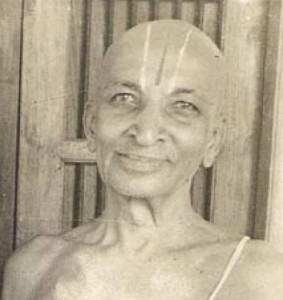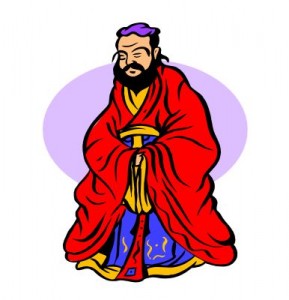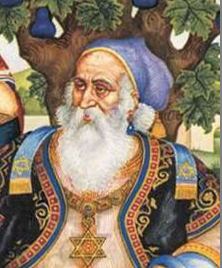A recently released video titled “Who am I?” elicited the response: “I know who I am, so fine thank-you!” Yes of-course, most of us need no assistance in identifying ourselves with our ego-identity. So the question is: Why look further? What is wrong with identifying myself with my ego?
The problem associated with the ego is at two levels. One is at the level of the individual and the other is at the level of society. At the level of the individual, if we stop at the ego and go no further then our lives our deeply unfulfilling. Life is robbed of a deeper spirituality and drained of meaning and purpose. Inflating our ego and being a servant of our ego can only carry us so far. Once we make progress down the road dictated by the ego we find that we are quickly at a dead-end and there is a yearning for something deeper. The ego leads us down the path of being on an isolated island of our identity. We end up alone, loveless, disconnected, divided, bitter, and angry. Is this where we really want to be?
At the level of society we find that it is very difficult to build a sustainable society only on the basis of counterbalanced egos. Modern democratic societies are the pinnacle of human achievement in that they use a framework of laws so that the rights and privileges of one ego are balanced by the rights and privileges of another ego. But what are the responsibilities of the individual egos? Can we have a society where individuals have only rights but no obligations? If the answer to this question is negative then the question arises: how are we to compel individual egos to do something that is not in their direct self-interest?
In addition we have discovered that it is possible to build a society that is able to take care of our material needs by building a framework that uses the energy of competing egos driven by greed. This is the basis of a capitalist society. There is nothing wrong with this in itself as we find that capitalist framework is the most efficient way in fulfilling basic human needs. Without basic needs being fulfilled we are not even fully human and there is no question of talking about anything deeper. However having trained egos to behave in a greedy and consumptive manner, how do we now tell the ego to stop?
We now find that if we allow societies to stop evolving and get stuck at the level of the ego then this will imperil the very survival of humans as a species. This is because there is no end to the wants and needs of the ego. And with increasingly powerful technologies at the beck and call of the ego, we can quickly deplete and destroy the planet. Mahatma Gandhi once said, “Earth has enough for our needs, but not for our wants.”
This is why the story of Svetaketu is important. It gives us the basis for going beyond the ego. Once this happens the “Golden Rule” emerges. This provides us with the framework for love and deeper spirituality in our lives. But how do we go from theory into practice? It is one thing to know about the Golden Rule and quite another to practice it in our daily life. This is where yoga comes into play. Yoga allows us to find ourselves beyond our ego-identity. It provides a spiritual upsurge within us that allows us to go beyond our selfish desires and needs. The practice of Golden Rule now becomes easy and uplifting while formerly it seemed artificial and imposed. We now see that the answer lies not in jettisoning democracy or capitalism or even reforming them The answer lies in adding another layer: The layer of yoga on top. If we were to add a layer of yoga on top of our democratic and capitalistic framework we could revitalize our society and move it towards a gentler, kinder, and sustainable future. Democracy + Capitalism + Yoga = Sustainable and Happy future!





